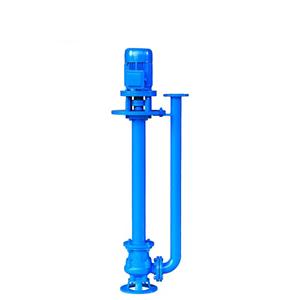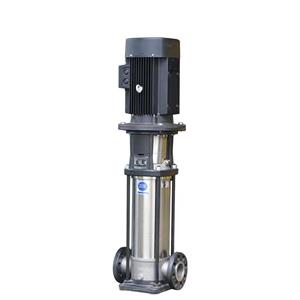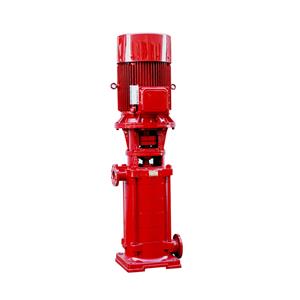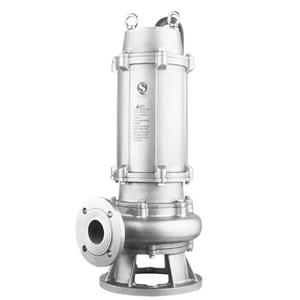Differences Between Energy-Efficient Pumps and Variable Frequency Pumps
Differences Between Energy-Efficient Pumps and Variable Frequency Pumps
Energy-efficient pumps and variable frequency pumps are commonly used in industries to optimize energy consumption and reduce operational costs. While both aim to enhance efficiency, they achieve this through distinct principles and technologies. This article provides a comprehensive comparison of these two types of pumps to help you make an informed decision for your specific application.
1. Definition
Energy-Efficient Pumps: These pumps are designed with advanced engineering to minimize energy consumption at a fixed operating speed. They achieve efficiency through optimized hydraulic designs, high-quality materials, and precision manufacturing.
Variable Frequency Pumps: These pumps are equipped with a Variable Frequency Drive (VFD), which allows the motor speed to be adjusted dynamically based on the system’s real-time demands. This capability makes them highly effective in variable load conditions.
2. Operating Principle
Energy-Efficient Pumps:
Operate at a constant speed and are designed for optimal efficiency at a specific duty point (a combination of flow rate and head).
Efficiency is achieved through better impeller designs, streamlined flow paths, and reduced hydraulic losses.
Variable Frequency Pumps:
Use a VFD to vary the motor speed, enabling the pump to adjust its flow rate and pressure output according to the system’s requirements.
Operate efficiently across a wide range of conditions by modulating speed instead of throttling flow.
3. Energy-Saving Mechanism
Energy-Efficient Pumps:
Save energy by operating with minimal hydraulic losses at their best efficiency point (BEP).
Ideal for applications where the system’s demand is relatively constant.
Variable Frequency Pumps:
Save energy by matching pump output to fluctuating system demand, avoiding unnecessary energy consumption.
Particularly effective in systems with variable flow requirements.
4. Applications
Energy-Efficient Pumps:
Suitable for systems with steady operating conditions, such as water supply networks, industrial processes with fixed demand, and irrigation systems.
Variable Frequency Pumps:
Ideal for systems with variable demand, such as HVAC systems, variable process flows in industries, and multi-zone irrigation systems.
5. Cost Considerations
Energy-Efficient Pumps:
Lower initial cost compared to pumps with VFDs.
Energy savings are realized over time through reduced operational costs.
Variable Frequency Pumps:
Higher upfront cost due to the inclusion of a VFD.
Significant energy savings in applications with variable flow requirements, justifying the initial investment.
6. Maintenance Requirements
Energy-Efficient Pumps:
Require standard pump maintenance, including lubrication, seal replacement, and impeller inspections.
Fewer electronic components result in lower maintenance complexity.
Variable Frequency Pumps:
Require maintenance for both the pump and the VFD.
VFD components, such as capacitors and cooling fans, need periodic inspection and replacement.
7. Control and Automation
Energy-Efficient Pumps:
Operate with basic controls, such as on/off switches and pressure sensors.
Limited ability to respond to changing system conditions.
Variable Frequency Pumps:
Offer advanced control options, including remote monitoring, automatic adjustment, and integration with industrial IoT systems.
Can be programmed to operate at specific speeds based on time schedules or sensor feedback.
8. Flexibility and Scalability
Energy-Efficient Pumps:
Best suited for applications with fixed operational parameters.
Limited flexibility to adapt to changing system requirements.
Variable Frequency Pumps:
Highly flexible and capable of handling varying flow and pressure demands.
Suitable for systems that may require future scalability or modifications.
9. Environmental Impact
Energy-Efficient Pumps:
Lower energy consumption at a fixed duty point contributes to reduced carbon emissions.
Limited adaptability to variable demand may result in wasted energy in certain scenarios.
Variable Frequency Pumps:
Optimize energy usage by adapting to real-time demand, leading to significant reductions in energy waste and environmental impact.
Ideal for organizations aiming to meet sustainability goals.
10. Selection Criteria
When deciding between energy-efficient pumps and variable frequency pumps, consider the following:
System Demand: Choose energy-efficient pumps for constant demand and variable frequency pumps for fluctuating demand.
Budget: Factor in initial costs, operational savings, and maintenance expenses.
Long-Term Goals: If energy savings and sustainability are priorities, variable frequency pumps may be the better choice despite higher upfront costs.
Complexity: Simpler systems may benefit from energy-efficient pumps, while advanced systems with dynamic requirements will perform better with variable frequency pumps.
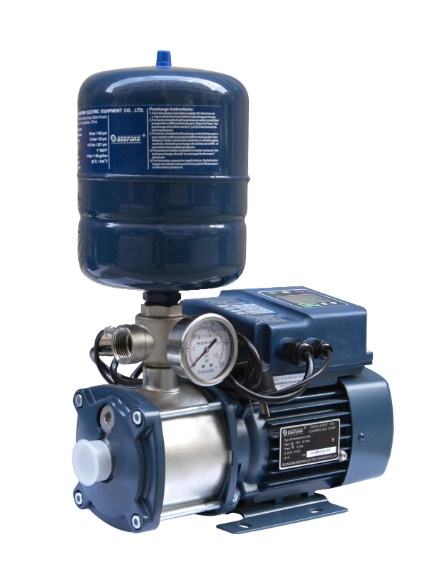
Conclusion
Both energy-efficient pumps and variable frequency pumps offer unique advantages and cater to different operational needs. Energy-efficient pumps excel in steady-state applications, providing high efficiency with minimal complexity. In contrast, variable frequency pumps shine in dynamic systems, offering unparalleled flexibility and energy optimization. By understanding the distinctions between these two technologies, users can select the most suitable pump to maximize efficiency, reduce costs, and achieve their operational goals.

